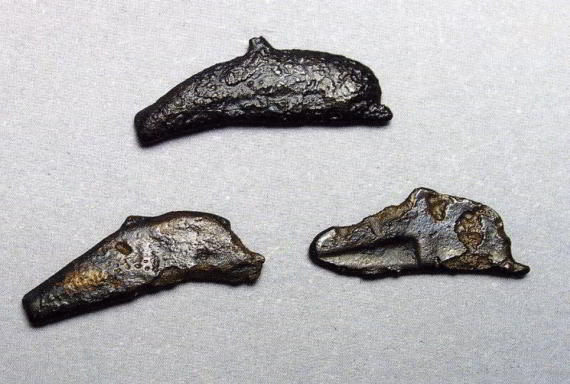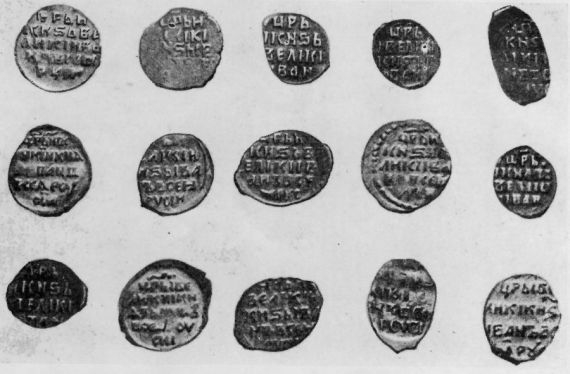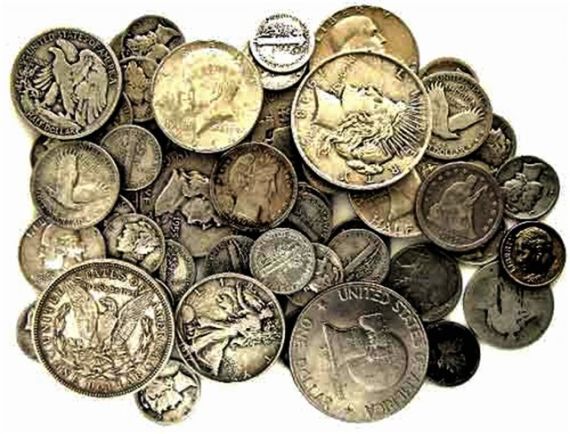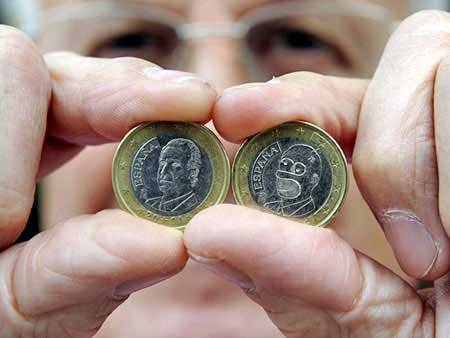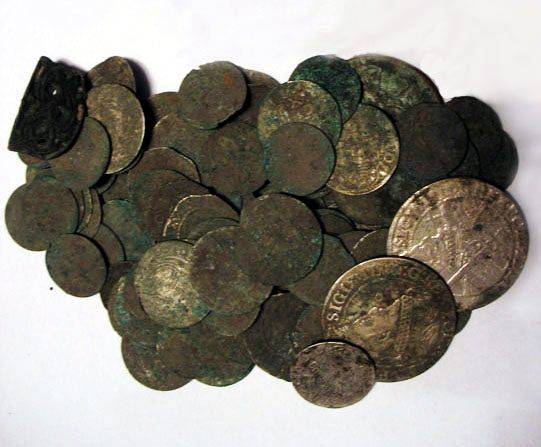Peter I reform
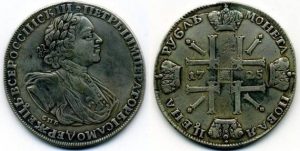 Everyone knows that Peter the Great was a great reformer. Among his innovations, we can highlight the fact that he first came up with the idea to celebrate the New Year and set up a Christmas tree. By the way, if you need to make a corporate party for the New Year, then on the site dedmorozlab.ru there is an opportunity to place an order for Santa Claus. In addition, Peter I carried out a monetary reform, and quite successful.
Everyone knows that Peter the Great was a great reformer. Among his innovations, we can highlight the fact that he first came up with the idea to celebrate the New Year and set up a Christmas tree. By the way, if you need to make a corporate party for the New Year, then on the site dedmorozlab.ru there is an opportunity to place an order for Santa Claus. In addition, Peter I carried out a monetary reform, and quite successful.
As is known from historical facts, the monetary reform carried out in 1654 was not crowned with success, but only caused numerous popular unrest, which led to the “Copper Riot”. However, this did not at all reduce its necessity, since the economic condition of the country required urgent competent intervention. When Peter the Great came to power and took a course to rebuild his whole life in Russia, he simply could not leave this long-awaited question without consideration. In addition, he hated old money, pennies, because he considered them a symbol of ancient Boyar Russia, and the commerce of Russia demanded their replacement, because foreign trade fell into a state of stupor and could not move. However, any monetary reform has an advantage for the state – making additional profits, but Peter I decided to arrange everything in such a way as to be guided by the experience of the previous failed reform.
At the beginning of 1968 the penny’s weight was reduced and began to be 0.28 grams. Now she had a mass of one hundredth thaler. Thus, the ruble of the Russian Empire was equated with the European thaler, which made it possible to avoid confusion in the foreign trade market. Almost immediately after this, copper coins appeared in circulation, which were called “money”, and, in fact, were small change coins that make up penny shares. There were also half-shells, with a nominal value equal to half the money, or a quarter of a silver penny. All these actions not only brought additional material resources to the state, but also created the appearance that copper money could exist on a par with silver money. For each 100 new lightweight silver kopecks issued, the state received about thirty to its own treasury.
Starting in 1701, Peter the Great introduced silver coins of the new design, with a denomination of fifty, twenty-five, ten and five kopecks. These coins quickly spread throughout the territory of Russia, as they weighed according to their denomination. They were fairly easy to start on the market, and Peter the Great was able to start large-scale production of large silver coins.
Three years later, in 1704, the emperor of Russia issued an order to issue a silver ruble and a copper penny, the cost of one-hundredth of a ruble. Among the population, this was perceived quite positively, since the weight of the silver ruble did not change at all and was equal to 28 grams, that is, 100 silver kopecks weighing 0.28 grams. For greater confidence among the population, a silver altyn was issued, in denominations of 3 kopecks. But as for the copper penny, the course she was forced, which gave additional income from its implementation.
The income from Peter’s monetary reform was at first simply colossal, but after some time, copper coins began to flow into the treasury as taxes and fees, and silver coins remained in the hands of the population. But in general, this idea was brilliant, as it could bring Russia to the level of world trade, where thalers predominated to a greater extent.
